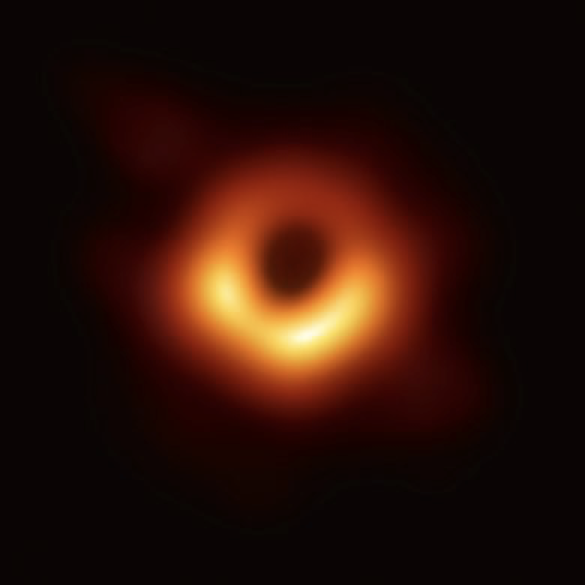Black holes are the strangest and most fascinating objects in outer space.
The term "Black Holes" is of recent origin. The American scientist John Wheeler term first coined the term. We know that light travels at a finite speed. Therefore, gravity might have a substantial effect. John Michell pointed out that a star was sufficiently massive and compact on this assumption.
Consequently, we can conclude that it would have a strong gravitational field that light cannot escape. Any light emitted from the star would be dragged by its gravitational attraction before it could get very far. We would be able to feel their gravitational attraction despite not being able to see the light from them as it would not reach us. Such objects are called black holes.
The death of giant stars forms the Black holes. After the stars run out of fuel (Internal Thermonuclear Fuel), they become unstable and gravitationally collapse into themselves. That would lead to the star's outer layers getting blown away. One example of a black hole is "Cygnus X-1", a galactic X-ray source, and it was the first black hole to be accepted widely. The mass of that black hole is about 14.8 times the mass of our gigantic sun. Once a black hole forms, it will continuously grow by absorbing other matter or dust from its surroundings. Black holes can also merge with stars or other black holes.
The great scientist Stephen Hawking predicted that black holes were not entirely black in 1974. The black holes emit a small amount of thermal radiation at a specific temperature. This effect is called Hawking radiation. If his theory holds, the black holes will shrink and evaporate over time as they would lose mass by emitting photons (light in particle nature). Larger black holes emit less radiation when compared to smaller black holes. If black holes evaporate via Hawking radiation, a black hole will disappear in 1064 years.

This is the image of a supermassive black hole at the center of the elliptical galaxy Messier 87. Its mass is about 7 billion times that of the sun. Observational evidence indicates that almost every large galaxy has its supermassive black hole at the center. For example, the Milky Way has a supermassive black hole at the center called Sagittarius A.
The great Indian scientist who contributed a lot to this field, C.V. Vishveshwara, was also a black hole physicist. He was specialized in Einstein's General Relativity and worked on the theory of black holes. He is popularly known as the 'black hole man of India.' He is known for his research on 'Stability of Schwarzschild Blackhole Quasinormal Modes.'
Black holes are said to be one of the most mysterious and gripping topics of the space world. However, it is also questionable because of the lack of knowledge.





